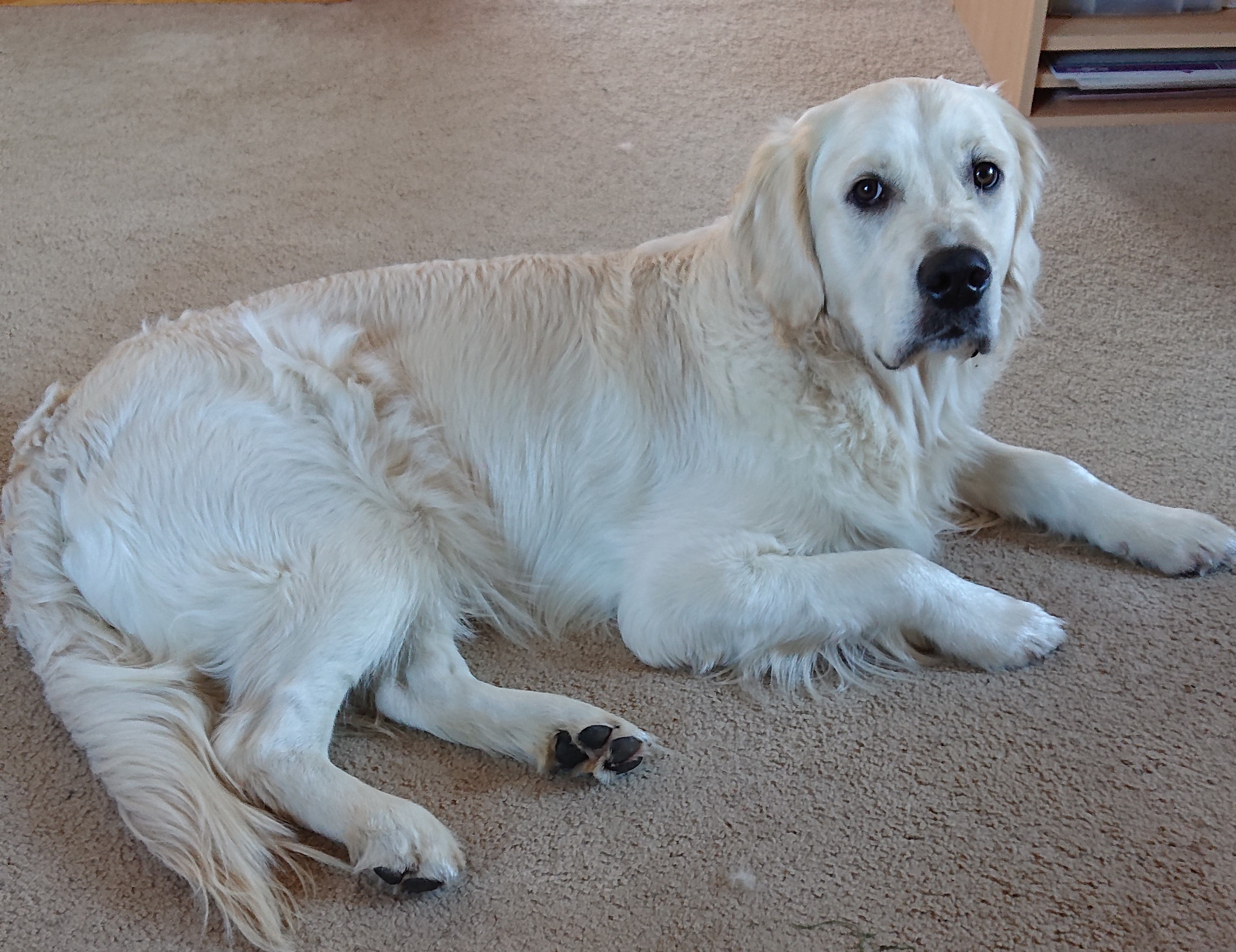Five hidden tax deductions worth almost $60,000
Investment properties often contain tens of thousands of dollars’ worth of tax deductions that only a trained eye would detect, according to Australia’s leading provider of tax depreciation schedules.
Tax depreciation is the natural wear and tear of property and assets. It’s one of the highest tax deductions available to property investors who can claim it for up to 40 years.
BMT Tax Depreciation chief executive, Bradley Beer, said that tax deductions can be concealed behind walls, in ceilings, under floors and on rooves.
The combined value of these deductions can reach tens of thousands of dollars over their lifetimes and make a significant difference to a property investor’s bottom line.
Mr Beer said that underfloor heating is an unseen depreciable asset that is quite often overlooked.
“It would be reasonable to expect a depreciation deduction of around $10,000 for underfloor heating for an average-sized house,” he said.
Re-stumping of a home is a way to rectify settled stumps due to soil movement or damaged wood.
“Re-stumping is usually required for older properties and typically produces a depreciation deduction in the vicinity of $13,000,” explained Mr Beer.
“Inconspicuous re-wiring and re-plumbing may also be required for an older property, or when a property has been damaged. These items could produce a total depreciation deduction of $16,000.
“It’s hidden deductions such as these that can produce valuable deductions in older properties. Even if the improvements were completed by a previous owner, the current owner can still claim them.
“There are also extra deductions for solar pool heating that’s usually tucked away on the roof. Solar pool heating typically produces a total depreciation deduction of around $7000.”
Meanwhile, it’s common for a rural property to have its own sewerage treatment assets and tanks, but these can easily go unnoticed as they are ‘out of sight, out of mind’.
“Underground sewerage treatment tanks and piping can produce a total depreciation deduction of $11,600,” he said.
“Almost every inch of a property is depreciable,” Mr Beer said. “But with such a large range, comes numerous complexities.
"We need to look at the property size and type, unique features, construction dates and the legislative requirements to ensure depreciation is claimed accurately. This is why a site inspection is so important.
“My key message to investors is to never rule out depreciation. Throw out the idea that your property might be too old or you haven’t owned it for long enough – these are simply myths. And as we can see, thousands of deductions can be found where you can’t see them.”
Do you have an investment property? Were you aware of these possible tax deductions?




Mr Beer needs to learn the difference between "sewage" and "sewerage" and how to spell "roofs".